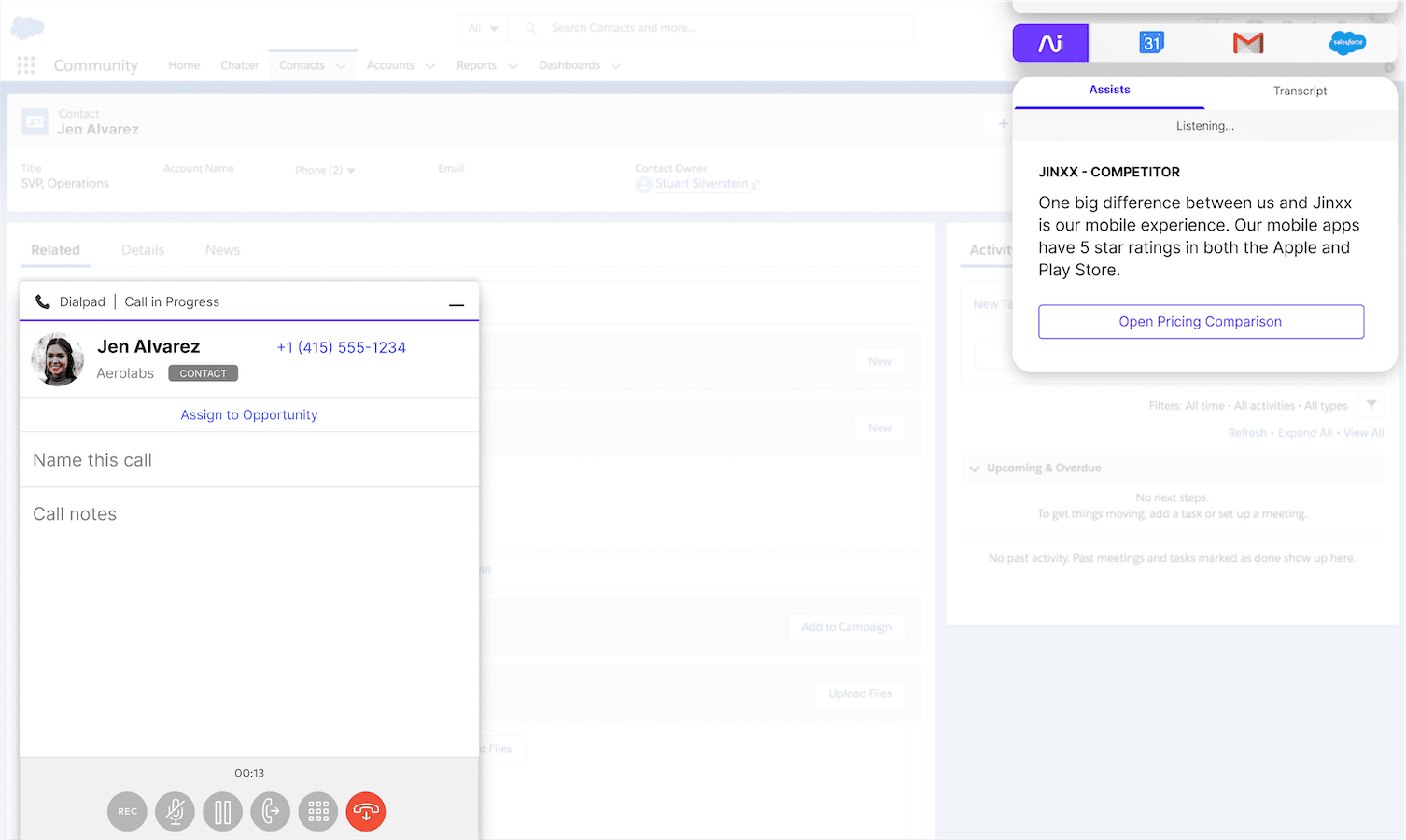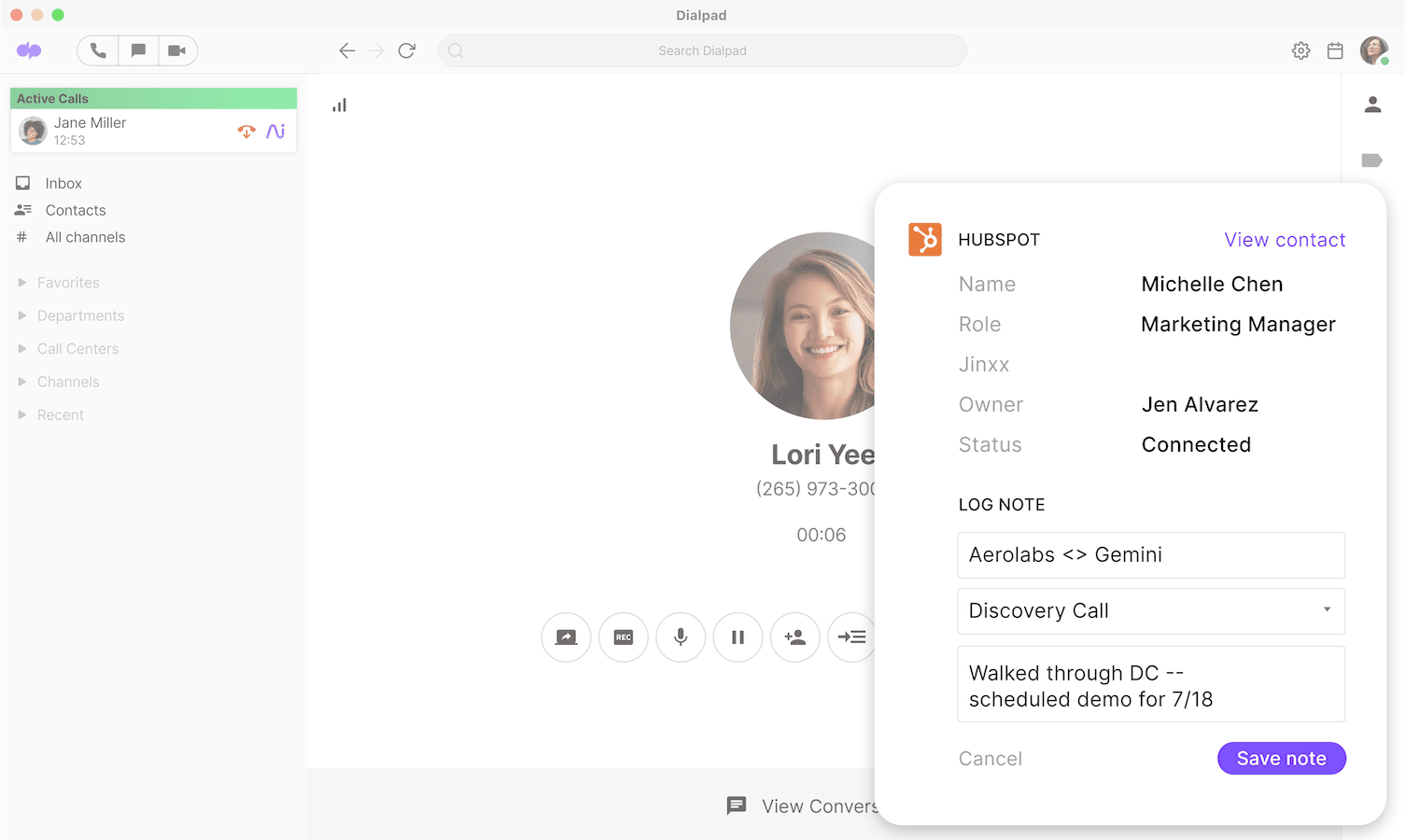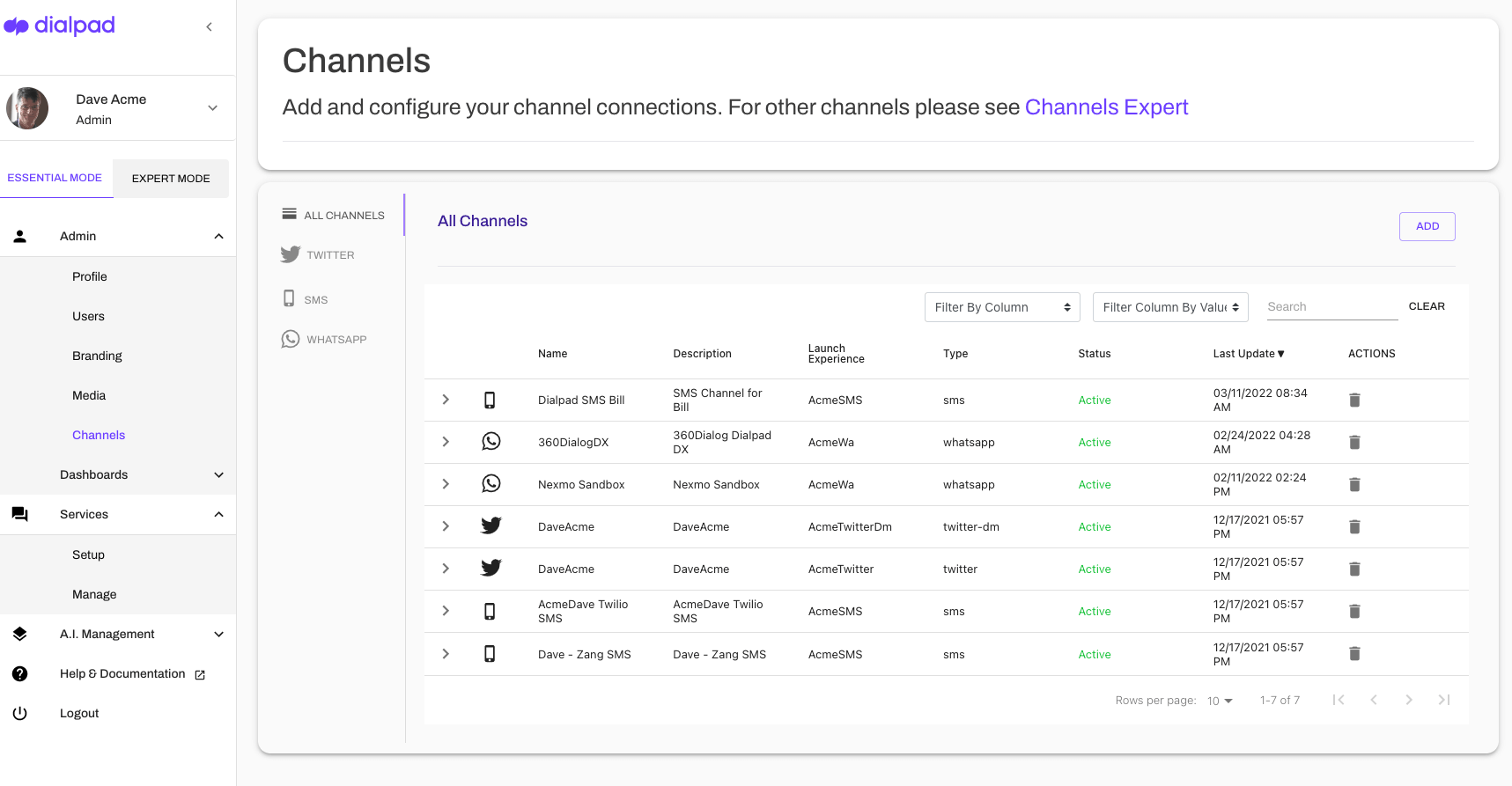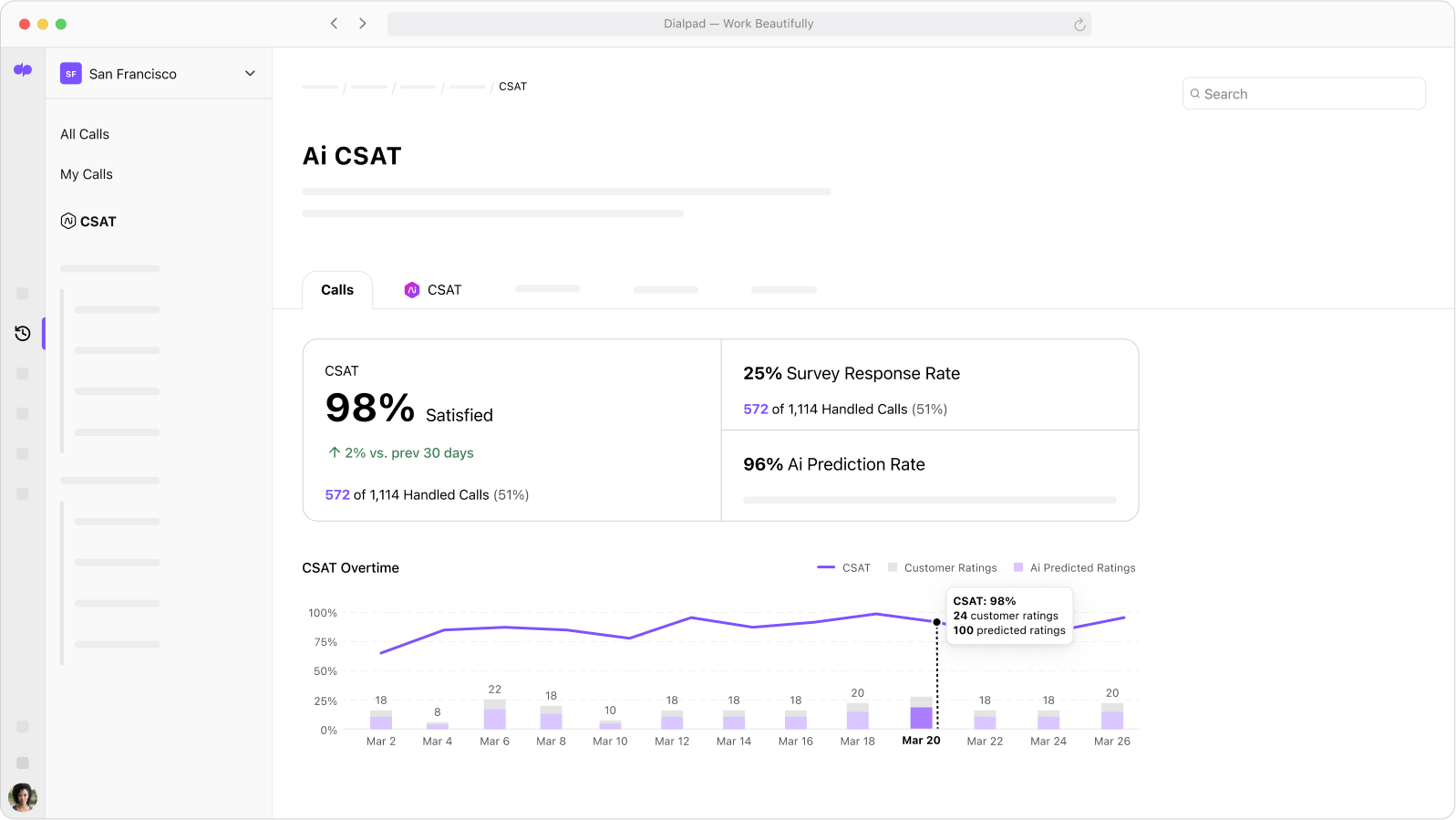Personalised customer experience: Why it matters and how to get it right

In the old days, it was (relatively) easy to provide a personalised customer experience. You probably recognised most of your regulars by name, knew their faces, maybe even took them out to dinner every now and then.
But today, businesses have expanded—both geographically, and also in the scope of their customer journeys. Consumers are reaching out with questions, complaints, and praise(!) through more channels than ever before.
Even when they’re making purchases, it’s not just buying over the phone or in-store anymore. Today, we’re buying everything from new shoes to a new sofa, to software and medicine—through a variety of digital channels.
So, how are businesses providing a personalised customer experience in today’s fragmented, online-heavy world?
And more importantly, how can they deliver that experience in a cost-effective way that doesn’t put an unnecessarily heavy burden on their contact centre teams or support agents?
Keep reading to learn more.
What is a personalised customer experience?
A personalised customer experience is an interaction (or set of interactions) that a customer has with your business that's tailored to their preferences or needs. For example, an email sent to a customer with suggested products related to something they recently purchased.
You can personalise a customer experience based on what you know about their demographics (like where they live, income bracket, and so on), and/or their past interactions with your company.
Businesses that have a deep understanding of their customers and a tightly integrated tech stack that can gather this conversational intelligence in one place generally find it much easier to provide more personalised customer experiences.
Why? Because in order to do these personalisations, you need to know your customer database in and out, and your data needs to be easy to sort through and organise. Only then can you actually design, say, an effective email or SMS marketing campaign or let your sales team know when is the perfect time to reach out to upsell a customer.
Why is having a personalised customer experience important?
Being able to provide a personalised customer experience is important for a few reasons:
It increases your customer lifetime value
Having customers that make one-off purchases is fine and all, but ideally, you want customers who keep coming back.
By personalising their customer experience, you can make sure that you tailor all your product recommendations to what they need.
Amazon, for example, is notorious for its product recommendations based on past purchases—which, unsurprisingly, drives a large part of its business as many people who buy once from Amazon will do so again. (And again, and again…)
With Dialpad, managers can create RTA (Real-Time Assist) cards with tailored notes on whatever topics you want, and set them to pop up on agents’ screens when certain keywords are spoken.
So, for example, a Customer Success team can set up RTA cards that coach agents in real time through cross-sell, upsell, pretty much whatever scenarios you need to cover:

It gives you a competitive advantage
Having a personalised customer experience also sets you apart from your competitors who may not be delivering the same level of service.
Imagine a customer calling your support team or starting a live chat on your website. If they have to repeat themselves every time they get transferred to a different agent, how frustrating would that be?
This is part of good customer experience management too—we mentioned the important role that data plays here, but there’s another key requirement to providing personalised service: an omnichannel contact centre platform.
Many call centres used to make their agents handle phone calls in one system, live chat messages in another app, emails in another window, and so on. If a customer has used all of those channels to reach out to you (which is very common), how can an agent easily see that? They can’t—they’d have to dig through all of those customer experience platforms.
With an omnichannel contact centre solution that integrates into your CRM, agents can handle conversations across all these channels in the same place, which means they also get all that contextual information in one centralised view too:

This is what allows an agent to say, “Hi there Peter, how can I help you? I see that you ordered a pair of Jordans a few days ago, great colorway choice. Are you wondering when it’ll arrive?”
Compared to a generic “Hi, how can I help you” message that’s followed by a request to tell the agent the whole story about why the customer’s calling in, which experience do you think customers would prefer?
It increases sales
We gave a few examples of personalising things like advertising and marketing (with more targeted ads), and also email marketing. These tactics are useful because they’re essentially an automated way of increasing your sales.
You don’t need to hire a big sales team to make calls to all these prospects, but you can still create a more personalised buying experience, based on the content that those prospects are interacting with and are interested in.
That makes the difference between a mass TV or billboard campaign that may reach a huge number of people but may not convert many of them, and a targeted Instagram ad that shows a prospect the new shoes that they’ve been checking out on your website every other day for the past week. Which one is more likely to result in a sale? Which one is more cost-effective? (In both cases, probably the second one, thanks to personalisation.)
How to personalise your customer experience
1. Use customer data to deliver a personalised experience
Context is key when working with a customer. Often that context is lost if a call has been transferred or if you have a new agent engaging with the customer.
Having the right AI toolset will automatically pull that relationship history and contextual information on the customer (including data stored in your CRM) and surface it to your agent so they know how to manage this person and ultimately, give them a fantastic experience.
Dialpad’s HubSpot integration, for instance, makes it easy for agents to log notes to their calls and contacts:

With AI, you can make sure that no matter the situation, your customers get the royal treatment.
2. Engage with your audience on the channels they use
Not long ago, customer service organisations operated on a single channel: voice.
Next came the need to support via email and websites. With the rise of mobile devices and consumers’ desire to communicate with brands the way they do with friends and family— through social media, SMS/MMS and so on—supporting these channels is a natural extension of the customer experience (and can turn your customers into loyal supporters).
Use an omnichannel contact centre platform to empower your agents to engage with customers across different channels from one centralised app:

3. Ask for feedback and use it to improve the customer experience
Customer feedback is critical to the success of any business. Unfortunately, we typically only ever get feedback from our biggest fans, and/or our biggest detractors.
This creates a skewed set of responses which is honestly pretty difficult to integrate into day-to-day operations. Using contact centre AI solves this problem because the AI can evaluate customer sentiment for you—on every interaction—apply a score to that interaction, and prompt business leaders to dig into the details where necessary.
This is exactly what Dialpad’s Ai CSAT does:

As a bonus, Dialpad Ai can even identify key moments in the conversation so there’s no need for me to do any manual scanning, and I can take action immediately to improve the customer experience.
4. Develop self-service solutions for customers
I know what you’re thinking. What does self-service have to do with personalising the customer experience?
Bear with me for a second here. For most businesses, customers will commonly have more time outside of your normal business hours to try and address issues they’re having with your products or services.
Traditional solutions can take these messages or push them to FAQs and online help centres, sure, but this is an inefficient and ineffective means of solving customer issues.
Introducing an AI-powered self-service option provides a convenient conversational chatbot experience for customers—the AI can determine the customer need based on their words and context, and guide them in the right direction to get answers.
From our own experience, this can solve customer problems up to 80% more quickly in some cases, which improves their experience—and frees agents to focus their energy and go that extra mile for the customers who do need their help.
5. Offer timely, personalised offers and deals
Customer service can also serve as a profit centre for your business.
When you have appropriate customer context and an AI solution engaging with your customer service agents, talk tracks, offers, and helpful intelligence will be pushed automatically to the agent, allowing them to make helpful suggestions to work with the customer and maximise your upsells and cross-sells.
Are you personalising your customer experience?
Contrary to what most people think, personalising both your offline and digital customer experience doesn’t have to be hard.
There are different levels of what you can do, and it’s pretty easy to get started with smaller steps. If you’re new to personalising your CX, why not start with just gathering customer intelligence in an automated way? Look for a phone system or cloud contact centre that can transcribe your conversations in real time.
From there, you can decide how you want to use this data. Look at common customer support topics that come up, or see how often certain competitors get mentioned. Or, connect your solution to your CRM to sync all that customer and sales data together.
Dialpad Ai Contact Centre is designed to make all of this possible. Get in touch to see how support and customer success teams are using it to provide more personalised experiences!
Give customers more personalised experiences
Book a demo to see how to do it with Dialpad Ai Contact Centre, or take a self-guided interactive tour of the app on your own first!
